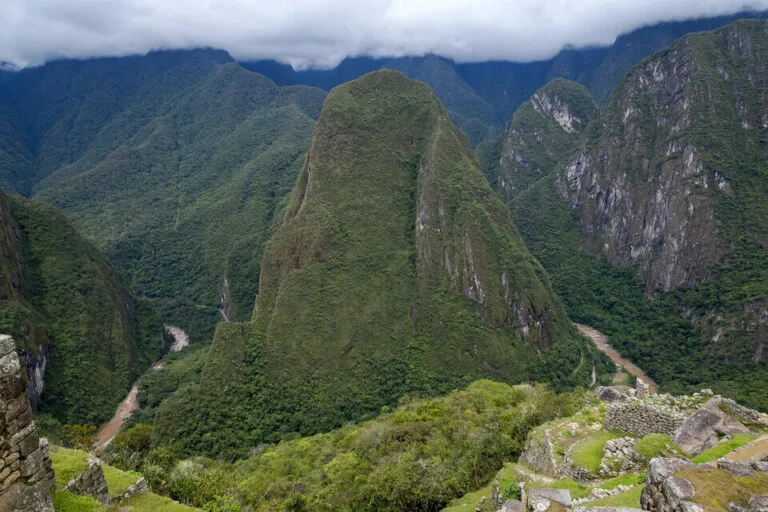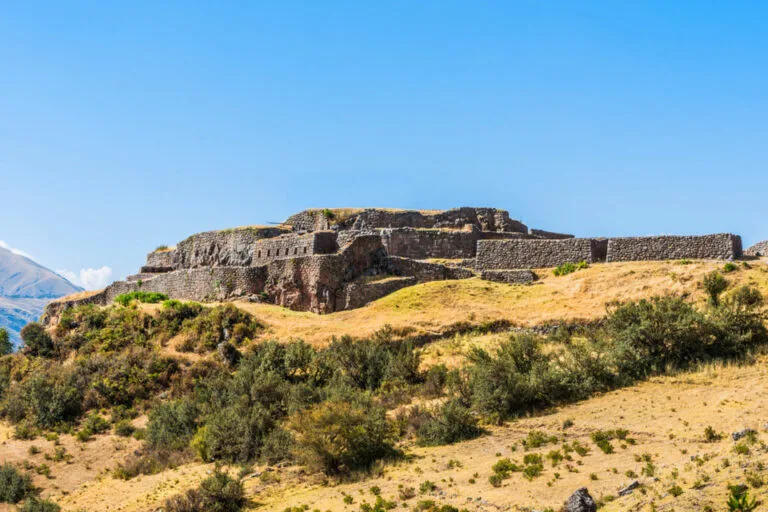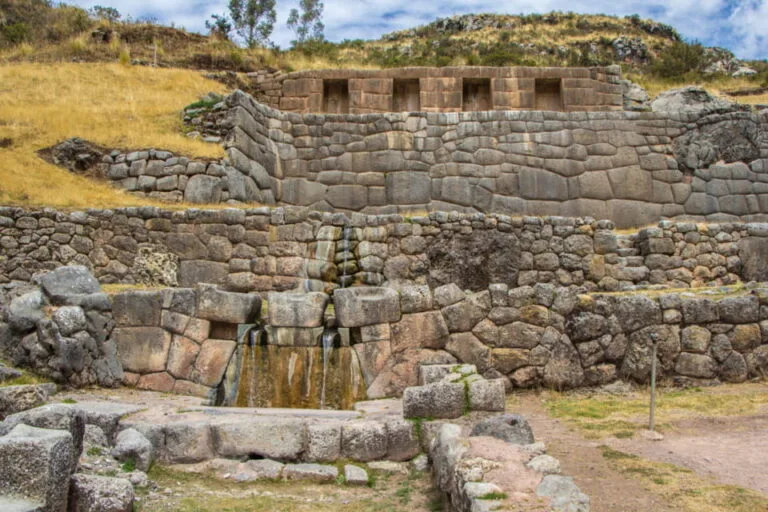Moray, located in the heart of the Sacred Valley of the Incas, stands as a remarkable testament to the innovation and agricultural expertise of the Inca civilization. Its concentric terraces not only showcase architectural brilliance but also reflect deep ecological understanding.
Location of Moray
Moray is located approximately 50 kilometers northwest of Cusco, at an altitude of 3,500 meters above sea level. It sits on a high plateau near the town of Maras, within the Sacred Valley of the Incas. This strategic location allowed the Incas to harness climatic and geographic conditions for agricultural experimentation.
History of Moray
Built during the height of the Inca Empire (15th–16th centuries), Moray functioned as an agricultural laboratory where crops were tested under various climate conditions. The site’s circular terraces created microclimates, allowing researchers to optimize the growth of different plant species. This innovation showcases the Incas’ advanced knowledge of agriculture and environmental management.
Site Description
Moray consists of several concentric circular terraces carved into natural depressions. The largest of these depressions is about 30 meters deep. Each terrace features its own irrigation system and is built with retaining walls filled with fertile soil. Temperature variations between the top and bottom levels can reach up to 15°C, enabling the simulation of multiple growing environments.
Recommendations for Visiting
- Best Time to Visit: The dry season (May to October) is ideal, with sunny days and minimal rainfall.
- How to Get There: Moray can be reached from Cusco by taxi, shared van, or as part of a guided tour. Many travelers combine it with other Sacred Valley destinations.
- What to Bring:
- Comfortable clothing and walking shoes.
- Sun protection: hat, sunglasses, and sunscreen.
- Drinking water to stay hydrated.
- Camera to capture the beauty of the site.
- Additional Tips:
- Follow all signage and respect site regulations.
- Do not litter—help preserve this historic location.
- Hiring a local guide will enhance your understanding of Moray’s significance.
Frequently Asked Questions
1. What was the main purpose of the Moray terraces?
Moray served as an agricultural research center where Incas experimented with microclimates to optimize crop production.
2. How does the terrace altitude affect temperature and crop variety?
Each level has a different temperature, creating various microclimates to meet the needs of specific crops.
3. How were the terraces built?
Incas used advanced engineering to construct retaining walls filled with fertile soil and equipped with irrigation systems.
4. How much time is needed to explore the site?
Allow at least two hours to walk through Moray and appreciate its architecture and history.
5. Is a ticket required to enter Moray?
Yes, Moray is included in the Cusco Tourist Ticket, which grants access to multiple archaeological sites.
6. Can I visit Moray without a guide?
Yes, though hiring a guide is recommended for a deeper understanding of its cultural and scientific importance.
7. Are tourist services available near Moray?
Basic amenities like restaurants and artisan shops can be found in nearby Maras.
8. Can Moray be combined with other sites?
Yes, many tours include Moray, the Maras Salt Mines, and other Sacred Valley attractions.
9. What is the altitude of Moray and how can it affect visitors?
At 3,500 meters, it’s important to be acclimated and stay hydrated to avoid altitude sickness.
10. What conservation measures should I follow?
Stay on marked paths, do not touch the structures, and follow all guidelines to protect this valuable heritage site.







